
chown Command Examples
The chown command in Linux enables you to change the user and group ownership of a file or directory. Learn to use chown with some practical examples.
· Abhishek Prakash

How to Remove Docker Containers
Remove a specific container or all belonging to same image or all of them. Learn how to remove docker containers in various situations with these practical examples.
· Abhishek Prakash

usermod Command Examples
The usermod command in Linux allows you to modify a user account in various ways. Check out what settings you can modify in this tutorial.
· Abhishek Prakash

userdel Command Examples
If you want to delete an existing user in Ubuntu or any other Linux distribution, you can use the userdel command in the terminal.
· Abhishek Prakash

useradd Command Examples
The useradd command lets a superuser create a new user account on Linux. Here's how to use the useradd command with various options.
· Abhishek Prakash

How to Run sudo Commands Without Password
Learn how to run some or all sudo commands without entering the password on Ubuntu or any other Linux distribution.
· Abhishek Prakash
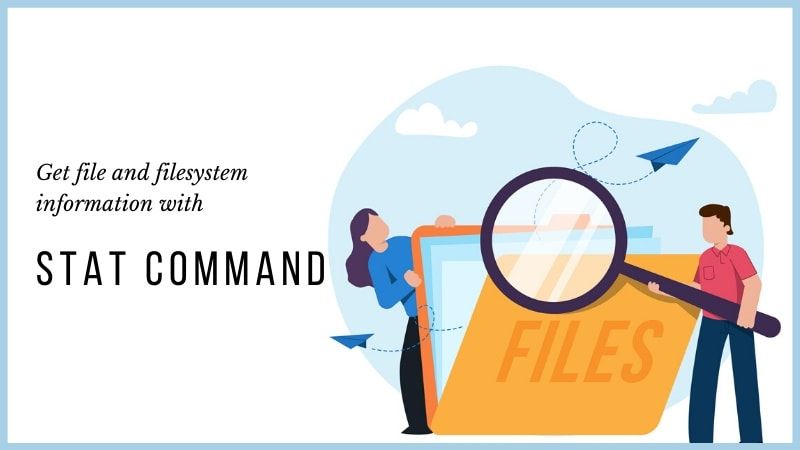
stat Command Examples
You can get file permissions, size, mtime, ctime, atime, ownership and several other file attribute information using the stat command in Linux.
· Abhishek Prakash

How to Add SSH Public Key to Server
Public key authentication allows you to access a server via SSH without password. Here are two methods to copy the public ssh key to the server.
· Abhishek Prakash
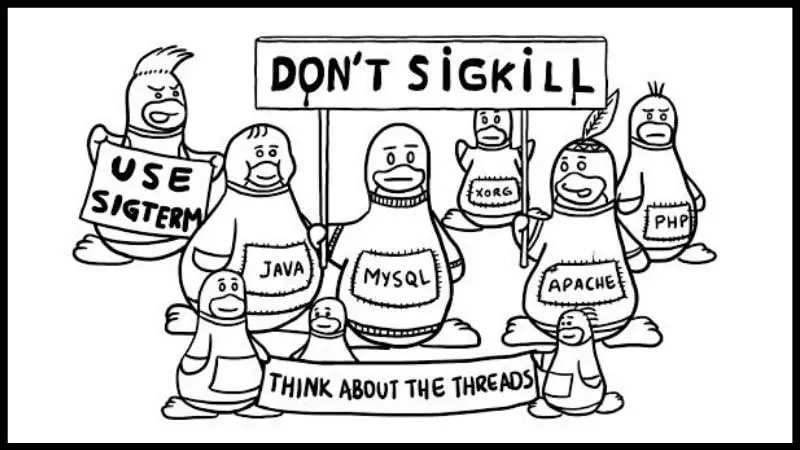
SIGTERM vs SIGKILL: What's the Difference?
Both SIGTERM and SIGKILL are used for killing a process in Linux. But you should prefer using SIGTERM. Here's why!
· Abhishek Prakash

How to Stop Docker Containers
This docker tutorial discusses methods to stop a single docker container, multiple docker containers or all running docker containers at once. You'll also learn to gracefully stop a docker container.
· Abhishek Prakash

Complete Guide for Removing Docker Images
A complete article that discusses various scenarios of removing docker images with examples.
· Abhishek Prakash

How to Fix Docker Permission Denied Error on Ubuntu
This detailed troubleshooting article helps you fix the permission denied error with Docker on Ubuntu and other Ubuntu-based Linux distributions.
· Abhishek Prakash

Docker Run vs Start vs Create: Difference Explained
For a docker beginner, terms like docker start, docker run and docker create could be confusing. This article explains the difference with examples.
· Abhishek Prakash
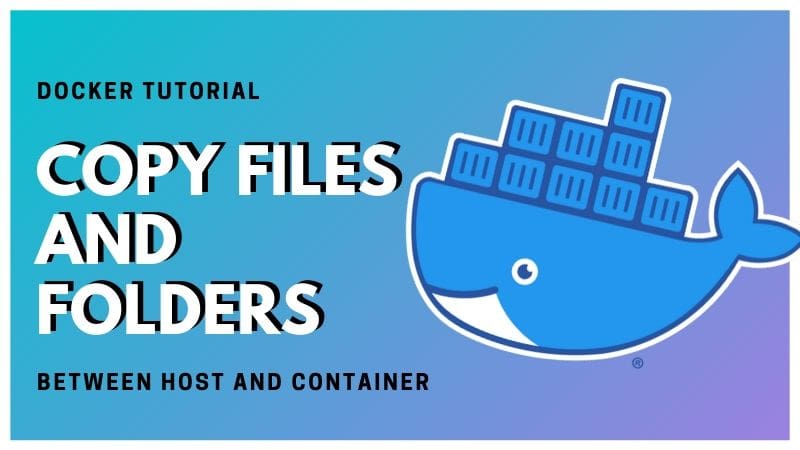
How to Copy Files Between Host and Docker Container
The docker copy command enables you to copy files from host to container and from container to the host. Learn how to use this command.
· Abhishek Prakash

Properly Installing Docker on Ubuntu [Beginner's Guide]
In the first of Docker tutorial series, you'll learn to install the latest version of Docker Engine Community Edition on Ubuntu Linux.
· Avimanyu Bandyopadhyay

locate Command Examples
The locate command allows you to preform a super quick search for files. In this tutorial, you'll learn how locate command works and how to use it.
· Abhishek Prakash

Handling System Restart Required on Ubuntu
Seeing *** System restart required *** every time you log on to your Ubuntu server? Here's why you see this and what you can do with it.
· Abhishek Prakash

How to Clear Systemd Journal Logs
This quick tutorial shows you two ways to clear systemd journal logs from your Linux system.
· Abhishek Prakash

How to Lock and Unlock User in Linux
How do you lock a user account in Linux? Even more importantly, how do you unlock the user in Linux? Learn various ways of locking and unlocking users in Linux command line.
· Abhishek Prakash

Practical Examples of the Unzip Command in Linux
Got a zip file in the terminal? Learn how to use the unzip command in Linux with these practical examples.
· Abhishek Prakash
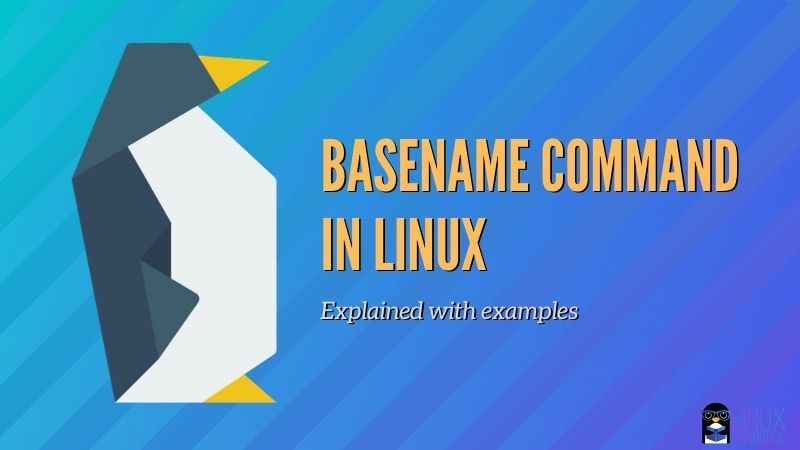
Using Linux Basename Command in Bash Scripts
The basename command in Linux prints the final component in a file path. Learn some practical examples of using basename command in bash scripts.
· Abhishek Prakash

Fixing 'Authentication Token Manipulation Error' in Ubuntu Linux
Cannot change user password in Linux because of Authentication Token Manipulation Error? Here are the possible reasons why it happens and how you can fix it.
· Abhishek Prakash

How to Restart Apache in Ubuntu
A quick tip that shows how to restart Apache server in Ubuntu and other Linux distributions.
· Abhishek Prakash
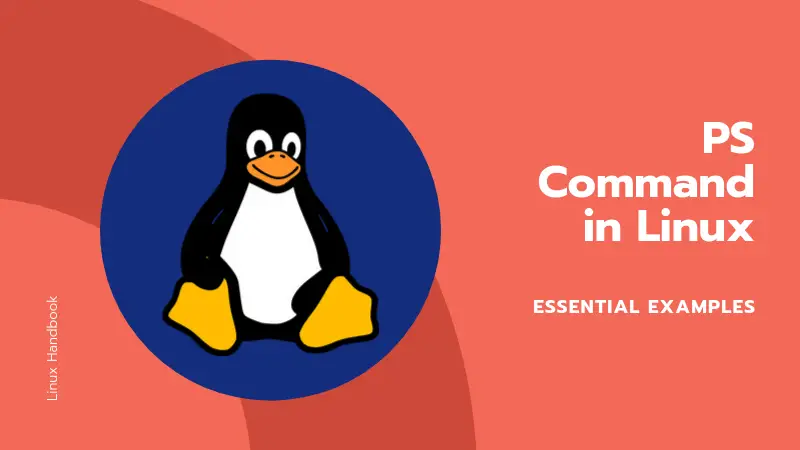
ps Command Examples
The ps command in Linux is used for getting information about running processes. Here are some useful examples of the complicated and extensive ps command.
· Abhishek Prakash

How to Install Vim on Ubuntu
Learn to install Vim on Ubuntu Linux. Also learn to make Vim the default text editor in Ubuntu and Debian based distributions.
· Abhishek Prakash
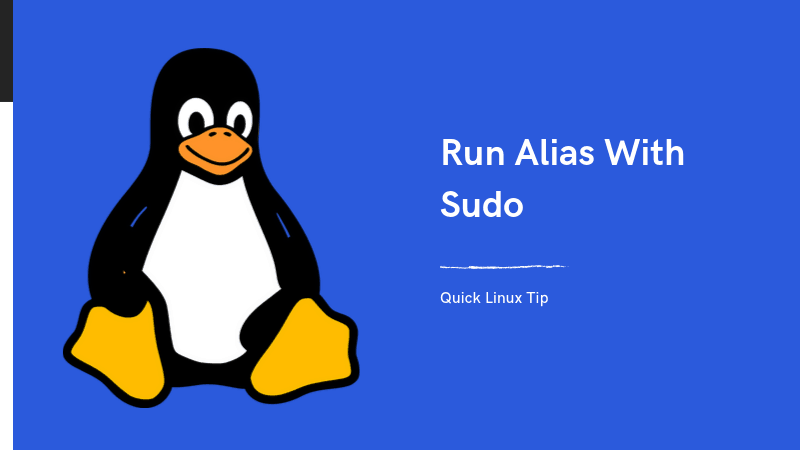
How to Run an Alias With Sudo in Linux
By default, you cannot run an aliased command with sudo. Don't worry. With this neat little tip, you'll be able to run any alias with sudo access in Linux.
· Abhishek Prakash

How to Check if File or Directory Exists in Bash Shell
Here are several ways you can check if file or directory exists in bash shell script. You'll also learn to check if file doesn't exist.
· Abhishek Prakash

How to Clear Swap Memory in Linux
Learn how to clear swap in Linux without losing any important data. Also learn why would you clear the swap manually.
· Abhishek Prakash

Awesome Vim Cheat Sheets to Help You Learn Vim
A useful collection of Vim cheat sheets to help you learn Vim editor faster. You can use them and download them for free.
· Abhishek Prakash
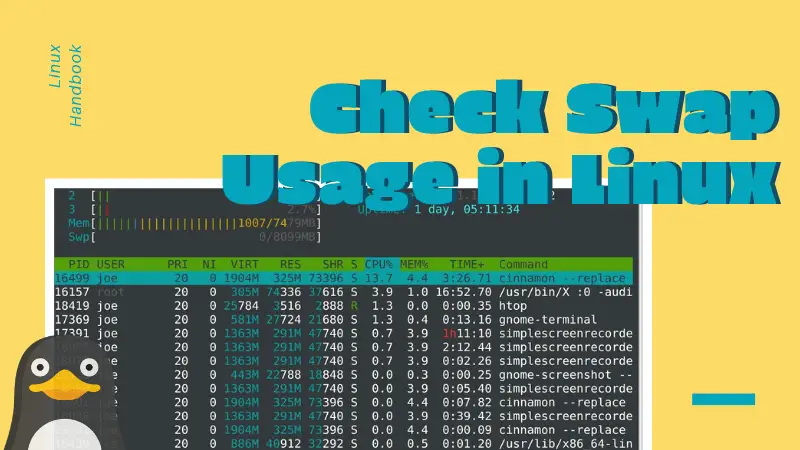
How to Check Swap Space in Linux
Wondering how much swap your system has and how much swap is in use? Here’s how to check swap usage in Linux.
· Abhishek Prakash
